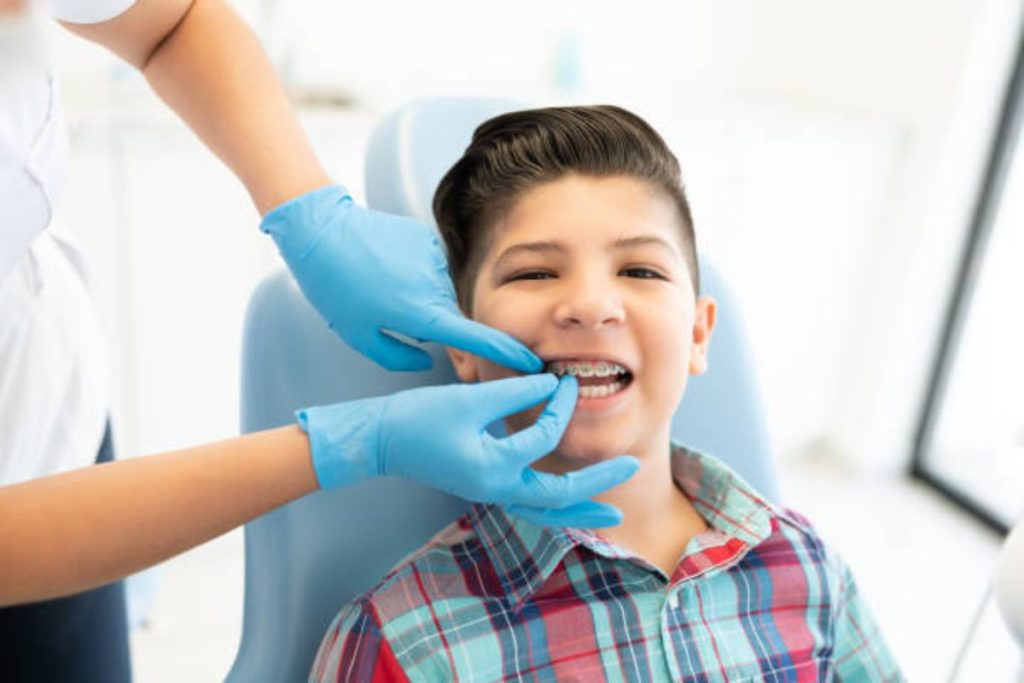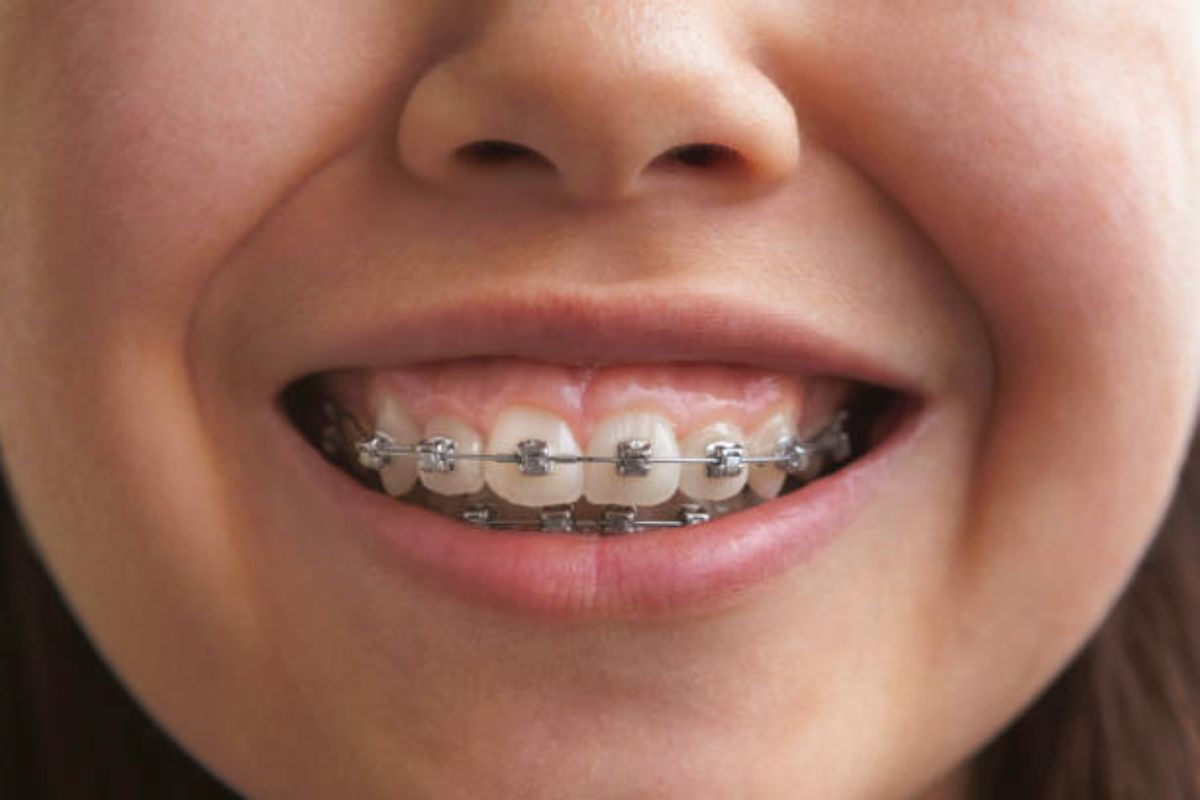Orthodontic treatment is an essential coming-of-age milestone for many children and teens. Everyone wants a set of straight, pearly whites, and sometimes, the best way to achieve that beautiful smile is through a process known as two-phase treatment.
Also known as an interceptive treatment, two-phase orthodontics allows Dr. B and Dr. Sarah to catch potential orthodontic issues early in a child’s life so that they don’t become bigger problems later. This process helps prevent additional treatment or even jaw surgery later in life.
There is so much to learn about two-phase orthodontic treatment. If you’re wondering if this process is right for your child, you’ve come to the right place. Our Sycamore Orthodontics team has the ultimate guidebook on two-phase orthodontics — just keep reading below!
Why Two-Phase Treatment Works
Did you know that the American Association of Orthodontics recommends that a child see an orthodontist no later than age seven? That’s right, much of our oral health relies on early intervention. The younger your child meets with Dr. B or Dr. Sarah, the sooner they can begin working on a treatment plan that ensures your child has a healthy set of teeth.
When you bring your child in for their first appointment at age seven, our team may recommend beginning two-phase treatment. This process is successful because it uses the natural growth of a child’s jaw to facilitate treatment. In other words, because we begin two-phase treatment when a child is seven, we can guide the natural growth of your child’s teeth into a straight smile.
Only about ten percent of children have conditions severe enough to require two-phase treatment. However, early intervention can cut the risk of future conditions as well as the overall cost of treating them.
Who Benefits From Two-Phase Treatment
Once you bring your child in at age seven, we can begin to track their development and determine whether two-phase treatment is necessary. The most common reasons Dr. B or Dr. Sarah may recommend phase I treatment are severe crossbites, underbites, and crowding, among a few other conditions.
Underbite – The upper teeth protrude over the lower teeth with an overbite. Slight overbites are incredibly common, but a more significant case can be detrimental to the teeth and health of the jaw joints. It can also impact the shape of the patient’s face, producing a “weak” chin and sunken appearance. Orthodontic treatment can relieve these symptoms and more, helping your face look fuller and more even.
Crossbites – With a crossbite, some of the upper teeth are behind the lower instead of in front of them. This puts pressure on the teeth and makes them more vulnerable to chipping.
Crowding – Dental crowding occurs when there is not enough space in the mouth for all permanent teeth to fit. Crowding can cause misaligned or crooked teeth that can lead to a wide range of other orthodontic problems in the future.

Phase I Treatment
For that ten percent of children who require it, phase I treatment can begin as early as age seven and works best when your child’s baby teeth are still present. The goal is that by guiding their baby teeth in line, their permanent teeth are more likely to follow that path in the future.
If your child requires phase I treatment, our Sycamore Orthodontics team will design a unique treatment plan tailor-made for their needs. Treatment options may include expanders for overbites, a Herbst appliance for underbites, or even an early round of metal braces.
For most patients, phase I treatment lasts between six and twelve months. However, this timeline varies from patient to patient, depending on their unique needs.
Retention Phase
After phase I treatment is complete, your child will enter a rest phase called retention. They’ll wear a retainer during this phase to keep their teeth in position. This resting period gives your child’s permanent teeth the chance to grow.
They’ll also meet with Dr. B or Dr. Sarah every six to twelve months so that our team can monitor their progress to determine whether phase II treatment will be necessary.
Phase II Treatment
Now that both Phase I and the retention phase are complete, you should already see progress in your child’s smile. For some children, Phase I treatment is all they need for their permanent teeth to grow in correctly, but most children require Phase II treatment for the best results.
Phase II treatment looks much more like the traditional treatment you see during the teenage years. Typically, Dr. B or Dr. Sarah apply metal braces to the top and bottom teeth. This process helps fine-tune your child’s smile, giving them results that will last a lifetime.

We’re All Smiles at Sycamore Orthodontics!
Choosing an orthodontic treatment program for your child can feel daunting. With so many options to choose from and so many possibilities, you may feel overwhelmed, but don’t worry! Our team at Sycamore Orthodontics will guide you through every step of the process so you feel confident about your child’s treatment.
Interested in scheduling your child’s first orthodontic appointment? Schedule your free consultation today!
